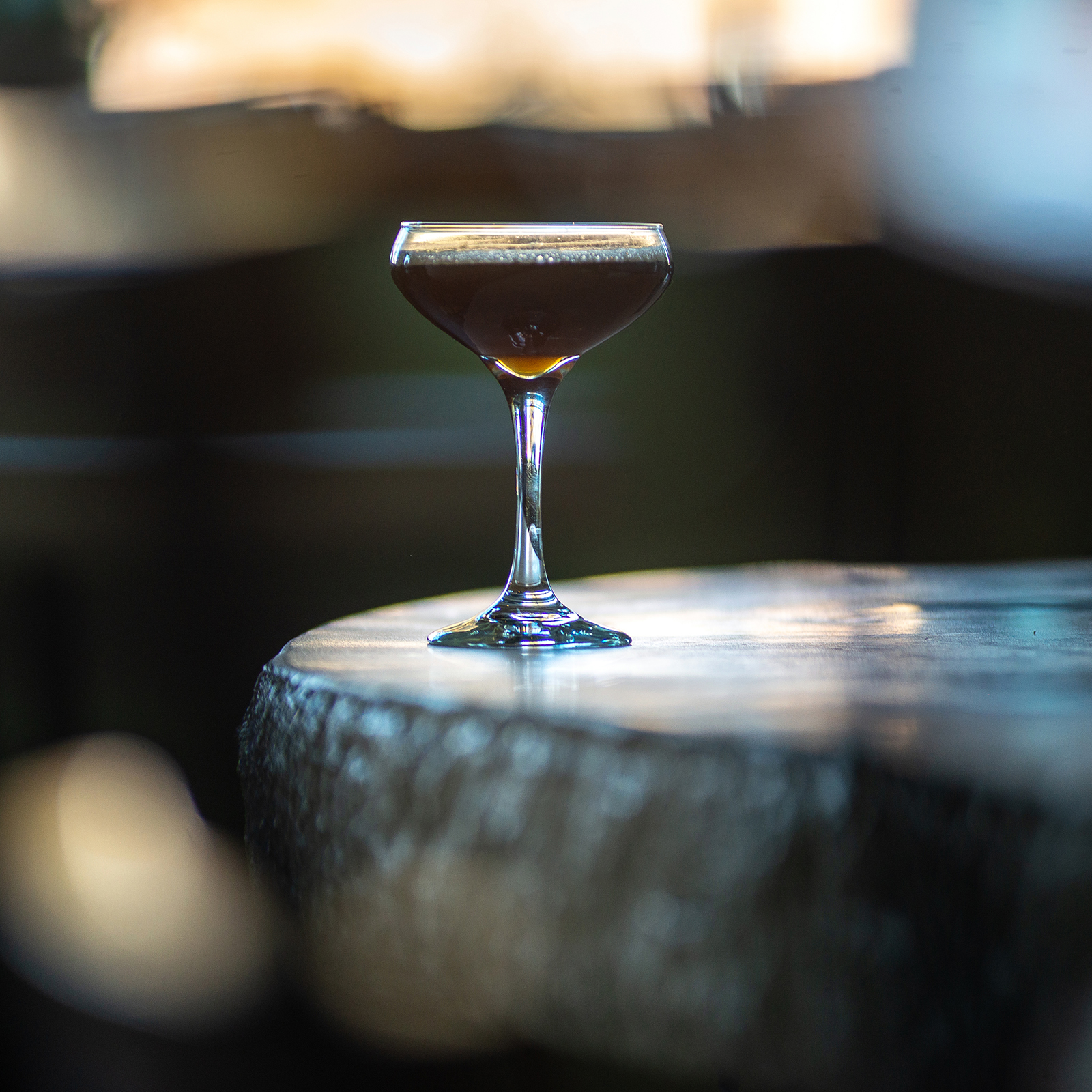Like many of the classics, the history of the martini is murky.
There is the story of a miner who prospered during California’s Gold Rush and, celebrating his fortune, was served an improvised concoction of fortified wine and gin. The miner called it a Martinez after the town in which the bar was located.
The British claim the name is a reference to a late 19th century firearm famous for its kick. The Martini & Rossi vermouth company takes credit for the name since vermouth is the defining ingredient and marketed a bottled dry martini around the 1890s.
Martino di Arma di Taggia — the principal bartender at the Knickerbocker Hotel in New York City in the early 1900s — is also given credit. Di Taggia certainly played an important role in the drink’s evolution and is credited with marrying dry gin with dry vermouth and orange bitters for the first time.
What’s indisputable — and a martini purist will readily remind us — is that a true-to-fashion martini is nothing other than gin and vermouth with an olive or lemon twist for garnish.
Around and beyond those ingredients, conversations can quickly dissolve.
The original recipe for the Martinez calls for bitters, maraschino liqueur, one pony of Old Tom gin (gin with syrup) and, most notably, one wine glass of Italian vermouth.
The martini recipe in the 1888 Bartender’s Manual by Harry Johnson calls for a half a wineglass of Old Tom gin and half a wineglass of vermouth, as well as gum syrup, Bokers Bitters and dash of curaçao or absinthe.
These historic recipes are a far cry from the modern classic variations. Even the availability of vermouth has changed from these early incarnations. Noilly Prat, the French company who pioneered dry vermouth, didn’t begin shipping to the United States until the late 1800s. All martinis prior were made with Italian sweet vermouth.
The fun in the martini is allowing its evolution.
Today vodka is an appropriate substitute for gin, and vermouth proportions — mostly French vermouth — fluctuate between a hearty pour to holding “an open bottle of vermouth in front of a fan across the room,” as described in the recipe for the vodkatini (the silver bullet) in Dale Degroff’s “The Craft of the Cocktail.”
Even James Bond redefined the cocktail when he strongly suggested, “Shaken, not stirred.” Shaking a martini is against protocol. Yet we get the Vesper: one part vodka, three parts gin, ¼ oz Lillet Blonde and an orange peel for garnish.
Many credit Gilberto Preti with creating the Vesper, which first appears in Ian Fleming’s original Bond adventure, Casino Royale. Later, as the books found their way to silver screen, the cocktail’s instructions were streamlined to better showcase the Smirnoff brand, which paid well for product placement.
Allowing for variation makes way for the dirty martini (popularized by Franklin D. Roosevelt), a smoky martini (with a dash of scotch instead of vermouth) and the French martini (which sparked the cocktail-as-martini craze).
There are also delicious local concoctions like Spotted Bear Spirits’ Espresso Martini made with their specialty Coffee Liqueur, crafted in partnership with Montana Coffee Traders.
“We use (Montana Coffee Traders) Montana Morning Blend,” said Lauren Oscilowski, managing partner at Spotted Bear Spirits. “It’s rich flavored, very sweet, and you get a lot of vanilla and chocolate.”
Distilling coffee liqueur does not come easy.
“When you do an ethanol extraction of coffee, it can get really bitter and stringent,” said Oscilowski. “We essentially found a way to get the coffee flavor and the alcohol and then add the house-made syrups, chocolate and vanilla.”
The 37 proof outcome is exquisite and pairs brilliantly with cold-brewed coffee, ginger syrup and cardamom bitters for an Espresso Martini.
Spotted Bear’s vodka is made from Montana sugar beets, which impart a different trace flavor profile than winter wheat or corn, which can subtly taste of almost butterscotch or buttery creamy subsequently.
“Ours is a little sweeter and has some vanilla and chocolate notes, so it works really well as a base for our coffee liqueur,” said Oscilowski.
These flavors also combine well with grapefruit, turbinado syrup, lemon juice and a dash of Angostura bitters to create their most popular Salt and Pepper Martini.
The only thing that’s crystal clear in the story of the martini is that it goes down smooth.
Recipes
Classic Dry Martini
3 oz gin
1 Tbsp dry vermouth
1 cocktail olive or lemon twist for garnish
• Pour the gin and vermouth into a mixing glass two-thirds full of ice cubes. Stir well. Strain into a chilled cocktail glass. Add the desired garnish.
Espresso Martini
– Spotted Bear Spirits
Build in shaker:
Add ice
1 oz vodka
1 oz coffee liqueur
1 oz cold brew
½ oz ginger syrup
2 drops cardamom bitters
• Shake, double strain (use fine sieve) into chilled martini glass.
Salt & Pepper Martini
– Spotted Bear Spirits
Build in shaker:
Add ice
1 oz vodka
1 oz grapefruit juice
1 oz turbinado* syrup
½ oz lemon juice
2 drops Angostura bitters
• Shake. Pour cleanly — no ice — into chilled martini glass with a salted rim. Use grapefruit juice to salt rim for better salt coverage.
* Turbinado sugar, or “sugar in the raw,” comes from the first pressing of sugar cane, retaining more of the plant’s flavor and natural molasses. The sugar is spun in a cylinder or turbine, giving the sugar its name.
